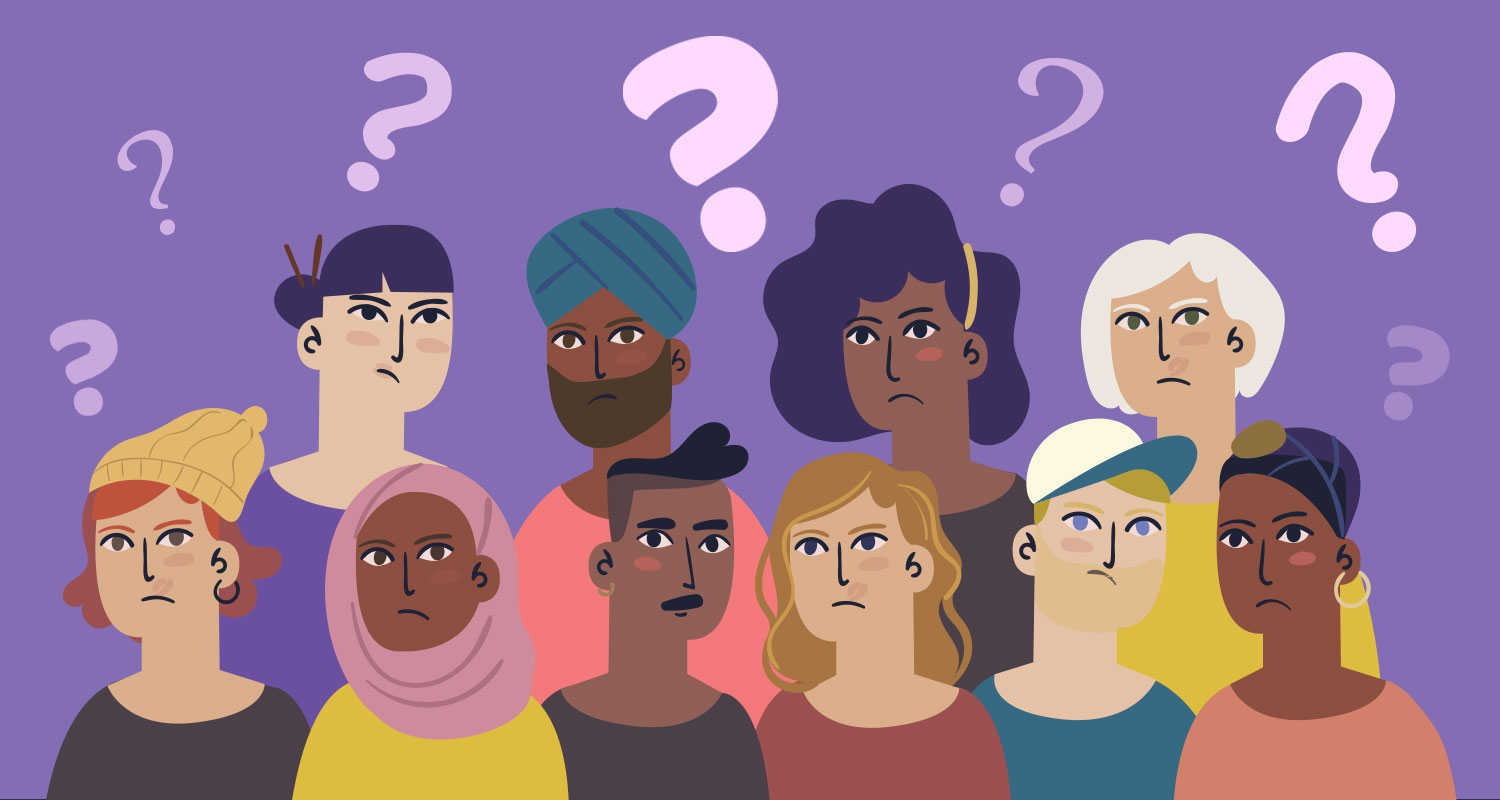
One of the many factors which bring organisations to Diversity Atlas is their need to demonstrate compliance with diversity benchmarks set by governments, who have responded to the advocacy of equal opportunity movements with a range of policies, from social procurement guidelines to mandates for female representation on boards. An unintended consequence of the need to demonstrate compliance can be “compliance thinking”.
Talk long enough about any form of the socially aware business initiative—from promoting sustainability to Indigenous reconciliation and workforce diversity—and the same question comes up: does it matter whether companies are doing the ‘right thing’ for the ‘right’ reasons? Does the effectiveness of those initiatives depend on which imperatives businesses are responding to?
These questions arise in a context where a business faces incentive structures placed on it by the government. There is a hierarchy of tools governments use to promote change in society with varying levels of success.
At the top of that hierarchy are laws: requirements to either do or not do X or Y, or come face to face with the designated sticks and carrots. There are more hands-off forms of influencing behaviour, like officially backed campaigns or action pledges. Increasingly, there are interventions that fall into a grey zone of regulatory ‘nudges’ that lie between encouragement and legal mandates.
Our team’s work in diversity and inclusion (D&I) has been a good lesson in what these different modes of intervention do, and fail to do, in meaningfully advancing equality and inclusion at work.
Overcoming “compliance thinking“
These regulatory measures, though blunt, are all too often what it takes to force change when businesses aren’t pulling their weight in promoting an inclusive economy and society.
Our experiences in the diversity and inclusion (D&I) space have highlighted how “compliance thinking” around D&I distorts the way that organisational leaderships think about the problem—which in turn compromises the effectiveness of the solutions they devise.
The first problem is that regulations by their nature aren’t very good at capturing diversity in all its intersectional complexity. Instead, policymakers find it much easier to develop measures to address the needs of disaggregated groups who are known to face discrimination or exclusion in professional settings.
Quite understandably, then, many businesses respond by embracing what we call ‘compliance thinking’ on D&I: okay, let’s have a Indigenous reconciliation roadmap over here, and a disability accessibility strategy over here. A gender equality strategy here; an LGBTIQ inclusion plan there. Get HR to collect some data, send it off to the government—problem solved until next year.
There’s no doubt that many laudable and effective internal initiatives have been borne of this sort of compliance-based D&I thinking. But such an approach can lead organisations to fall into the trap of thinking that a D&I approach that’s good enough for external stakeholders is good enough for their team members themselves—all too often it isn’t.
Indeed, a focus on ticking regulatory boxes miss a bigger opportunity to step back and see the commonalities of experience across different marginalised groups—and to recognise what might appear to be a ‘gender inclusion problem’ or a ‘racial diversity problem’ as the product of more generic shortcomings in an organisation’s internal culture.
Once the common causes of various inclusion challenges are identified, work can start on a more thoroughgoing mainstreaming of D&I as a whole-of-organisation set of values. But what might a more meaningful diversity and inclusion spirit look like?
Embedding diversity as a value
At Diversity Atlas, we work with organisations across the public and private sectors to design and implement just the sort of D&I thinking that allows companies to maximise the cultural capital of their workforces through better inclusion. We believe that the best combination of strategies makes an organisational diversity agile: that is, where decisionmakers understand the organisation’s diversity profile, where the organisation’s workforce reflects that of the customer or stakeholder base it interfaces with, and where diversity actually informs processes and internal policies.
Fundamental to becoming diversity agile is having good diversity data. The Diversity Atlas analytics platform is built around the idea of letting team members tell their own diversity story—not limiting them to simplistic categories of identification that might not be meaningful to them, but offering them the opportunity to share detailed characteristics about their cultural and linguistic background, personal worldviews, and diversity of gender and physical ability.
Equipped with this nuanced and intersectional data on their workplace’s diversity profile, organisational leaders can design D&I initiatives that make a difference—not risk putting team members off-side with ‘one-size-fits-all’ strategies.
The extra investment in listening, strategising and analytics involved in taking your organisation’s D&I approach from one based on compliance to one based on a genuine regard for the transformative power of diversity is real—but the payoffs are immense. And when an organisation puts diversity and inclusion at the core of how it operates, leaders will find that the ‘problem’ of regulatory compliance is one that solves itself.
____
A note on COVID-19: As your organisation adapts to the Coronavirus outbreak, so does Diversity Atlas. We’re offering a dedicated COVID-19 engagement survey to help organisations gain insights into employee needs while working remotely—recognising that the disruption to normal modes of working affects all of us differently. Click here to read about how you can keep teams engaged during this challenging period with our D&I services.
Share this Post